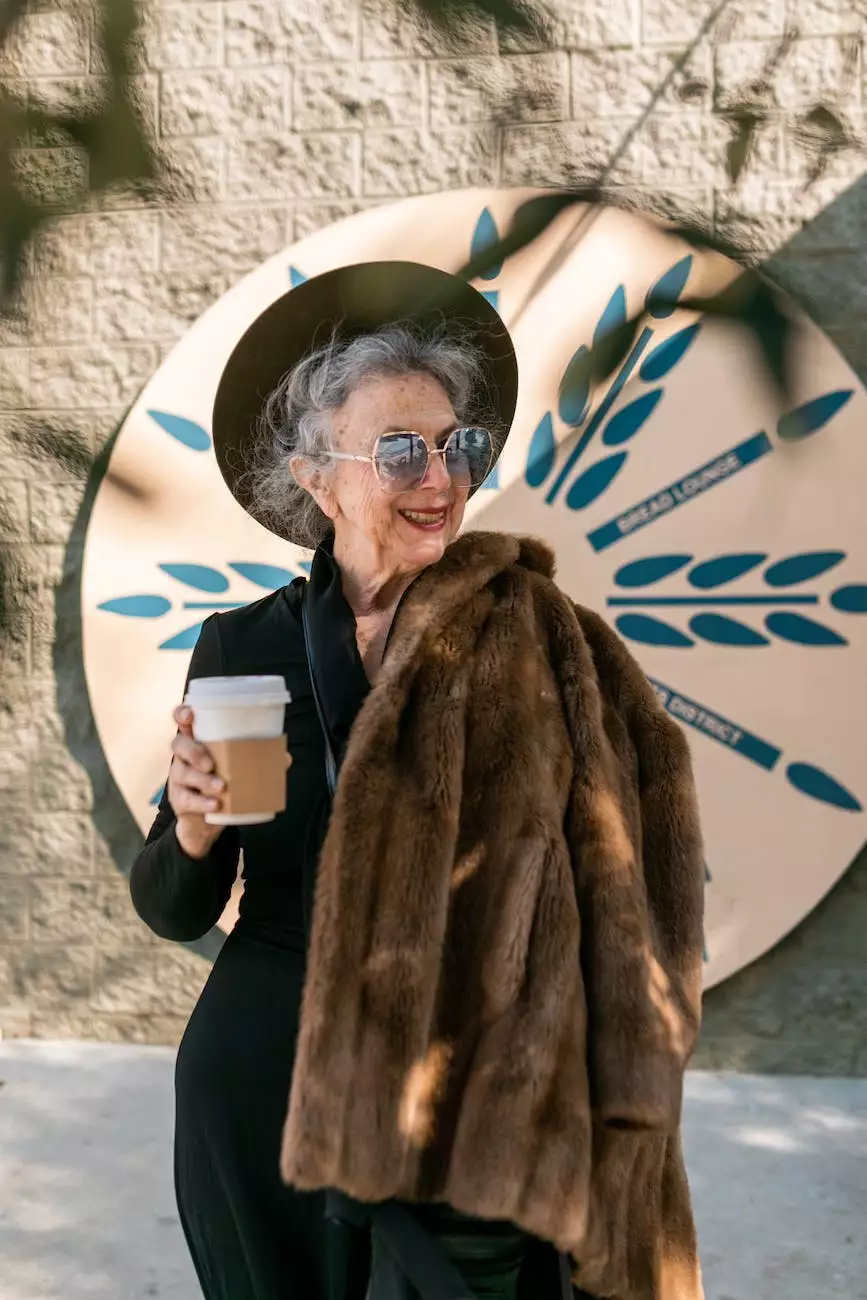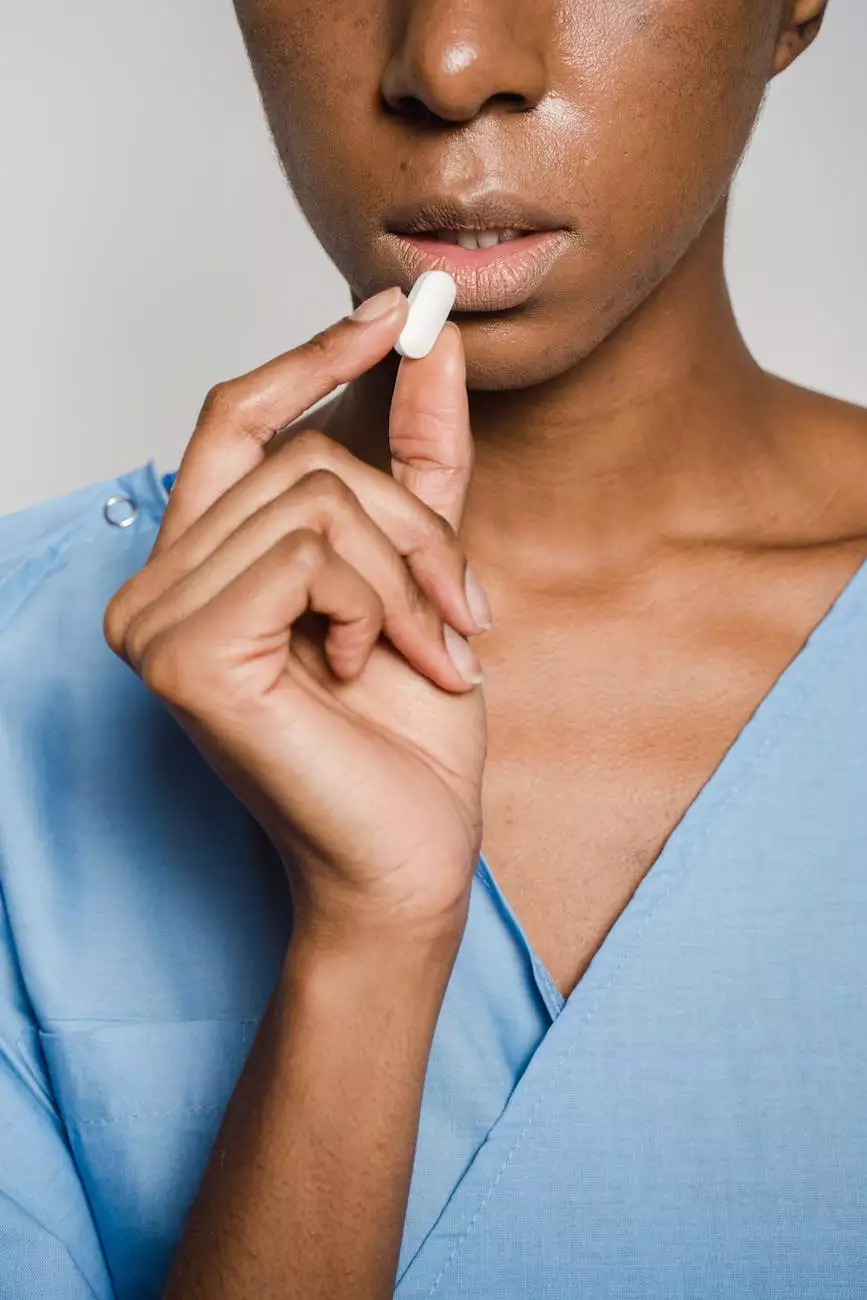Is the Handshake a Thing of the Past?
Blog
The Changing Dynamics of Patient-Doctor Relationships
Welcome to Bowling Orthopaedics, a trusted healthcare provider offering top-quality services in the Health category. Our team of experts at Piedmont HealthCare aims to provide comprehensive care and address important topics related to patient health and well-being. In this article, we explore the question - is the handshake becoming a thing of the past?
The Role of Handshakes in Society
Handshakes have been a common social gesture used to greet and establish both personal and professional connections for centuries. The practice of shaking hands has symbolized trust, respect, and camaraderie in many cultures across the world. However, recent events and changes in societal norms have raised concerns about the future of this traditional greeting.
Public Health Considerations
One major factor impacting the relevance of handshakes is the current COVID-19 pandemic. The necessity to limit physical contact in order to reduce the spread of the virus has caused a shift in social behavior. Health experts have advised against handshakes, favoring other forms of non-contact greetings such as nods or waves. This new emphasis on personal hygiene and distancing has compelled individuals to find alternative ways to connect.
Etiquette and Cultural Perspectives
Another aspect to consider is the influence of evolving social norms and etiquette. As society becomes increasingly diverse, different cultures bring their own customs and practices when it comes to greetings. Some cultures, for example, prefer non-contact greetings like bowing or namaste. Understanding and respecting these variations is vital in creating inclusive and culturally sensitive environments.
The Impact on Patient-Doctor Relationships
Within the healthcare industry specifically, the handshake has traditionally held significance in establishing trust and fostering strong patient-doctor relationships. It has been viewed as a symbol of empathy, care, and reassurance. However, the events of recent years have prompted a reassessment of whether handshakes remain an essential part of the patient-doctor interaction.
Healthcare Provider Perspectives
From a healthcare provider's perspective, forgoing handshakes may be seen as an appropriate measure to prioritize patient safety and infection control. Medical facilities have increasingly adopted strict hygiene protocols, which might include substituting handshakes with verbal greetings and maintaining appropriate physical distance. These changes are intended to reduce the risk of transmitting infections and ensure the well-being of both patients and healthcare professionals.
Patient Preferences and Perception
On the other hand, patient preferences play a significant role in shaping the dynamics of the healthcare setting. Some patients may find comfort, reassurance, and a sense of connection through a physical greeting like a handshake. The absence of this gesture might impact their perception of the quality of care received or the strength of the doctor-patient relationship. Understanding and balancing these preferences is crucial to maintaining patient satisfaction and trust.
Navigating the Future of Greetings in Healthcare
As healthcare providers, it is our responsibility to adapt to changing times while preserving the essence of patient-centered care. While the handshake may be evolving, there are alternative approaches to foster meaningful connections and establish rapport:
- Verbal Greetings: A warm and sincere verbal greeting can go a long way in making patients feel welcome and valued.
- Eye Contact and Body Language: Maintaining eye contact and using attentive body language can convey empathy and engagement.
- Active Listening: Listening actively and attentively to patients promotes effective communication and builds trust.
- Non-Contact Gestures: Exploring non-contact gestures, such as a nod or a wave, can help bridge the physical gap while respecting personal boundaries.
- Personalized Care: Tailoring care plans to the individual needs and preferences of patients can contribute to a more positive patient experience.
In Conclusion
While the handshake may be losing its prevalence in society and the healthcare industry, patient-centered care remains our priority at Bowling Orthopaedics. We understand the importance of establishing strong patient-doctor relationships built on trust, respect, and effective communication. By adapting to evolving social norms and preferences, we aim to provide the best possible care while ensuring the well-being and safety of our patients and staff.
For further information or to schedule an appointment, contact Bowling Orthopaedics today. We are dedicated to enhancing patient well-being and providing exceptional healthcare services in the Health category.




